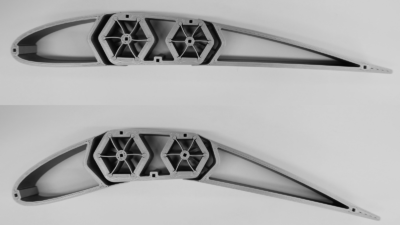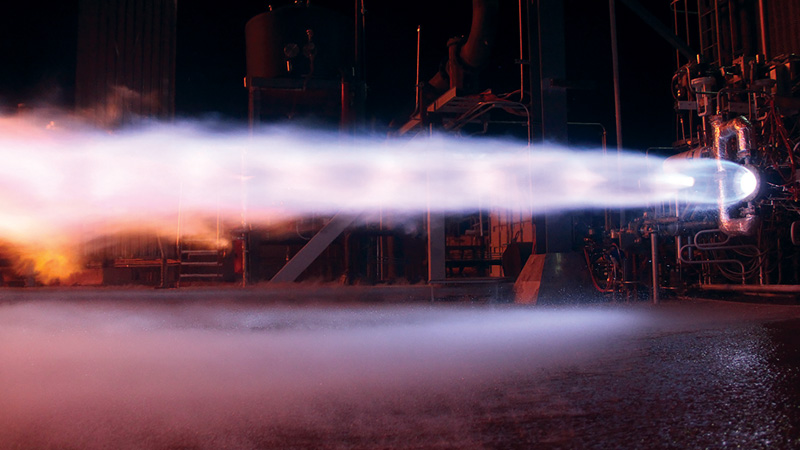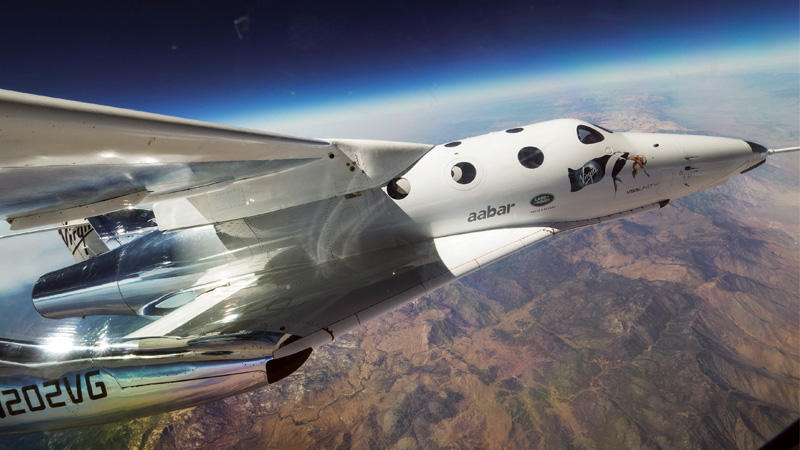New software technology released for advanced air mobility, spaceflight and artificial intelligence
By Steven M. Lincoln|December 2023
The Software Technical Committee focuses on software engineering issues for complex and critical systems, including requirements, design, code, test, evaluation, operation and maintenance.
The aerospace sector made significant strides this year in melding artificial intelligence and machine learning with aviation practices, spurred by regulatory evolutions and collaborative endeavors.
In February, the European Union Aviation Safety Agency unveiled the “EASA Concept Paper: First usable guidance for Level 1&2 machine learning applications,” a deliverable under the EASA Artificial Intelligence Roadmap. The paper’s release accentuates the growing role of machine learning applications in aviation, given that it builds on the prior Level 1 guidance for applications in which the full authority always remains with human decision-makers. The paper delineates guidance for developing and deploying AI/ML-based systems in safety-critical applications. It can be understood as a software development standard, akin to DO-178C, but with a focus on AI/ML software, which cannot be certified using DO-178C alone. The updated information focuses on Level 2 applications, emphasizing “human-machine collaboration” for automated decision making under human supervision.
In July, DLR, the German Aerospace Center, concluded HorizonUAM, a three-year study of urban air mobility. DLR analyzed multiple aspects but placed emphasis on safe autonomy of upcoming air vehicles. For this, DLR analyzed the new AI regulations from EASA and standards from the SAE G-34/EuroCAE WG-114 working group in the context of UAM. Researchers identified and exemplified operational design domain supervision in the regulatory framework to secure the AI component via a safe operation monitor, or SOM. DLR held an international symposium in July at its National Experimental Test Center for Unmanned Aircraft Systems to discuss the project results. Among other results, the SOM software demonstrated its ability to supervise an AI function during test flights. This approach can support the safety of future UAM and drone operations.
In May, EuroCAE, a nonprofit that develops standards for civil aviation, initiated the WG-127 Lower-risk Aviation Applications working group, which includes experts from DLR, Garmin Ltd., Rolls-Royce, and the Software Technical Committee. The goal is to develop a new software standard for lower risk applications, meaning one that is independent and does not require specialized knowledge of DO-178C, the current standard for safety-critical software development in aerospace, but one that can be very demanding to meet for low-risk-use cases. This effort will therefore largely benefit the uncrewed aircraft industry, as well as general aviation.
In July, Iowa State University’s Laboratory for Temporal Logic in Aerospace Engineering developed and released the C implementation of R2U2 Version 3.0, the first spaceflight-certifiable, real-time, open-source, runtime verification engine. R2U2 stands for Realizable, Responsive, Unobtrusive Unit, a reference to the major capabilities a runtime verification engine must have to achieve flight certification and run onboard embedded systems. R2U2 V3.0 incorporates capabilities required for monitoring the NASA Lunar Gateway Vehicle System Manager software. The VSM team this year integrated R2U2 V3.0 into the flight software. R2U2 V3.0 also incorporates a new graphical user interface and requirements validation mechanisms. R2U2 continuously monitors system operating requirements expressed in mathematical logic, providing provably correct, real-time evaluations of these requirements on the currently running system.
The C-130J Joint User Group, U.S. Special Operations Command, and C-5 Air Force Life Cycle Management Center under the Air Force Materiel Command this year initiated negotiations with Lockheed Martin Aeronautics Air Mobility and Maritime Missions to establish a software factory in order to release software to their member aircraft more frequently and with more content flexibility. This relationship between C-130J operators and Lockheed Martin will provide capability to the fleet at the speed of need.
Contributors: Kristin Yvonne Rozier and Christoph Torens


































